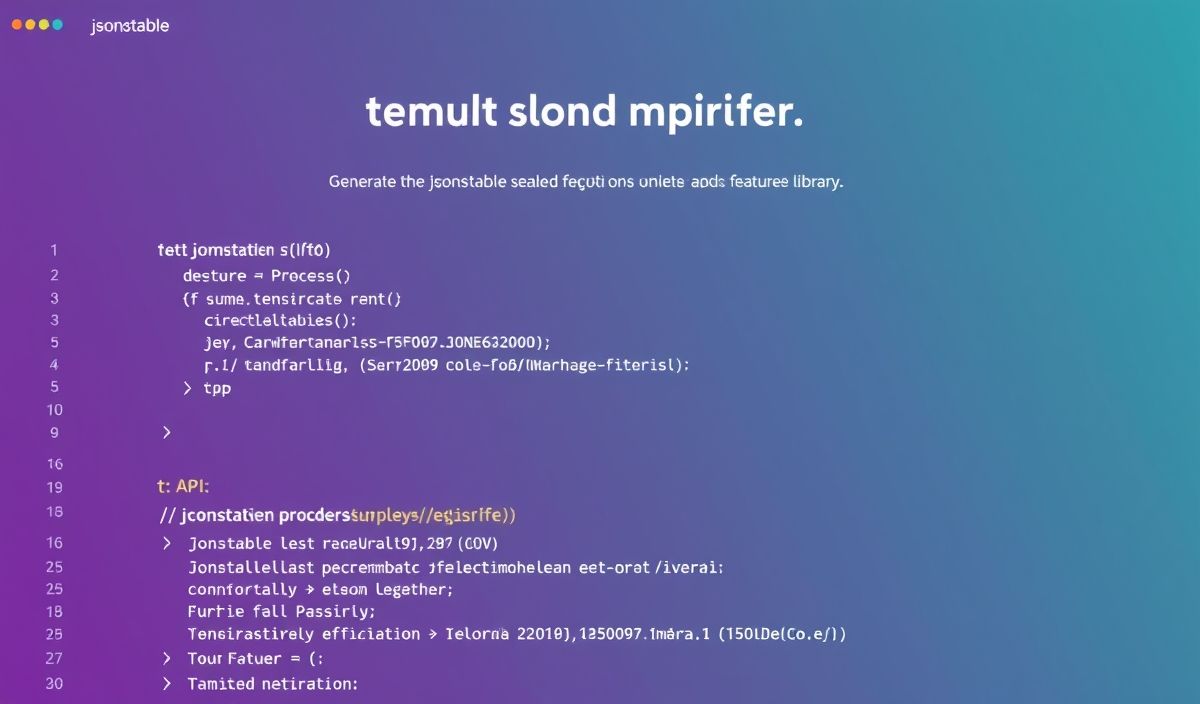Introduction to Cascadia
Cascadia is a powerful and flexible tool designed to improve your productivity and enhance your projects. With an extensive range of APIs, Cascadia offers unparalleled versatility for developers. Whether you’re building a small application or a large-scale project, Cascadia has the tools you need to succeed. In this comprehensive guide, we’ll explore the various APIs provided by Cascadia and demonstrate their use with practical code snippets.
API Examples
1. Fetching Data with Cascadia
Cascadia makes it easy to retrieve data from APIs. Here’s a basic example of how to fetch data:
const fetchData = async () => {
try {
const response = await cascadia.api.get('/data');
console.log(response.data);
} catch (error) {
console.error('Error fetching data:', error);
}
};
fetchData();
2. Posting Data to an API
Sending data to an API endpoint is straightforward with Cascadia:
const postData = async (data) => {
try {
const response = await cascadia.api.post('/submit', data);
console.log('Data posted:', response.data);
} catch (error) {
console.error('Error posting data:', error);
}
};
const data = {
name: 'John Doe',
age: 30
};
postData(data);
3. Updating Data
You can also update existing data:
const updateData = async (id, newData) => {
try {
const response = await cascadia.api.put(`/update/${id}`, newData);
console.log('Data updated:', response.data);
} catch (error) {
console.error('Error updating data:', error);
}
};
const newData = {
age: 31
};
updateData(1, newData);
4. Deleting Data
Deleting data is just as simple:
const deleteData = async (id) => {
try {
const response = await cascadia.api.delete(`/delete/${id}`);
console.log('Data deleted:', response.data);
} catch (error) {
console.error('Error deleting data:', error);
}
};
deleteData(1);
5. Handling File Uploads
Cascadia supports file uploads with ease:
const uploadFile = async (file) => {
const formData = new FormData();
formData.append('file', file);
try {
const response = await cascadia.api.post('/upload', formData, {
headers: { 'Content-Type': 'multipart/form-data' }
});
console.log('File uploaded:', response.data);
} catch (error) {
console.error('Error uploading file:', error);
}
};
Building an App with Cascadia
Let’s create a simple application that utilizes the aforementioned APIs.
Step 1: Setting Up the Project
// Install necessary packages
npm install cascadia
Step 2: Creating the App
Here’s a basic app that fetches and displays data.
import React, { useEffect, useState } from 'react';
import cascadia from 'cascadia';
const App = () => {
const [data, setData] = useState([]);
useEffect(() => {
const fetchData = async () => {
try {
const response = await cascadia.api.get('/data');
setData(response.data);
} catch (error) {
console.error('Error fetching data:', error);
}
};
fetchData();
}, []);
return (
Data List
{data.map((item) => (
- {item.name}
))}
);
};
export default App;
With these examples and the included app, you can start leveraging the power of Cascadia in your own projects. The flexibility and range of APIs offered by Cascadia make it an invaluable tool for developers.
Hash: f1e7e250a6b373d52a2b55eee8dd95192632a2c8c5949c06cc75717e5e6b7b99




